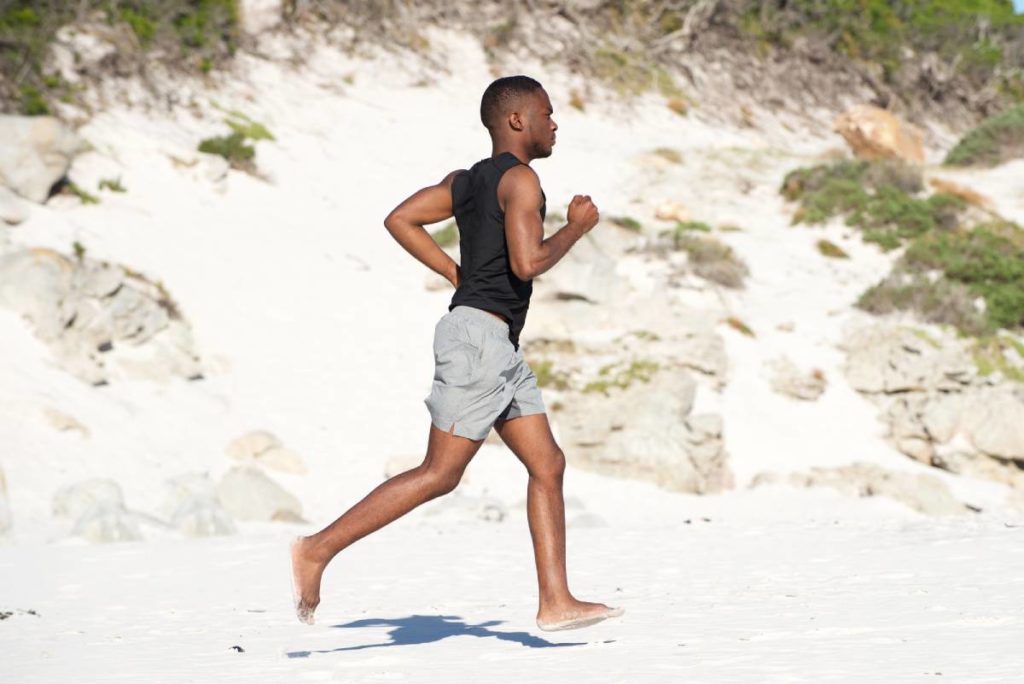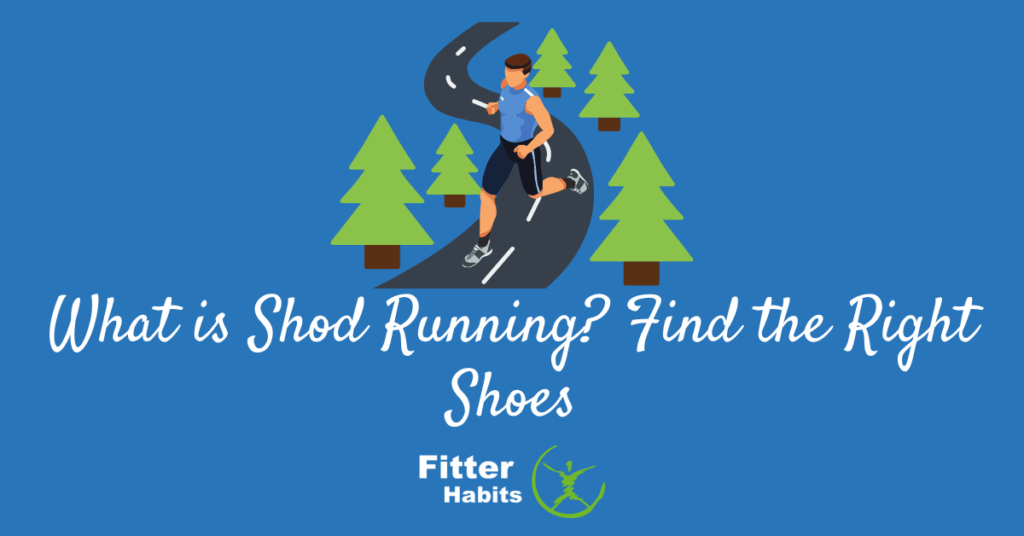What is shod running? This just means running with a shoe on versus barefoot running, which is gaining popularity among avid enthusiasts.
You probably think that you need to wear shoes while running. Sounds pretty logical, right? There is actually a movement from some fitness experts who feel that running barefoot is better for your health than wearing shoes.
The debate is pretty fierce, with the answer ultimately coming down to your individual health and personal preference. Some people just prefer running with trainers versus barefoot and vice versa.
However, the biggest difference between the two styles of running seems to be the distance covered. Shod runners tend to run more than those who opt for barefoot sessions, which isn’t surprising when you consider elements like pavement temperature, seasonal conditions, and other comfort factors.
So, what is shod running? Learn more about it from this article.
Contents
Shod Running Basics

When you think about running for physical exercise, you probably believe having a good pair of running shoes is an important first step. The truth is that what we know as the modern running shoe wasn’t actually invented until the 1970s.
Previous to this timeframe, people either wore shoes with low heels or nothing at all. If you go way back in history, animal skins or moccasins were sometimes an alternative, too.
That’s why many barefoot running enthusiasts insist that physical activity without footwear is the best for your health, safety, and performance. Experts argue that the way most people land with the middle or front of the foot when barefoot creates less of an injury risk than the typical heel strike seen with running shoes.
However, they also caution that those with previous injuries, weak ankles, or those who are overweight should still consider shod running.
We wish there was some sort of major step-by-step instruction we could give you regarding trying shod running. But the truth is that the process is as simple as one would expect: grab your favorite pair of running sneakers, put them on your feet, and take off on your favorite trail.
However, the transition from shod running to barefoot running can take acclamation time. Make sure you’ve researched the process before just stripping off your shoes and socks and going for a run.
Finding the Right Running Shoes
Part of successful shod running is finding the right shoes for your needs. To do this, you should visit a podiatrist or running shoe center where your pronation, arch, and gait are evaluated.
What does this mean? Your pronation is the rolling of your foot from heel to toe during a foot strike or step. Overpronation is when a person rolls too far in during a step, while supination is when the foot rolls too much to the inside.
Next is your arch. You can have a high arch, low arch or under arch. These all refer to the curvature of the inside of your foot and how much weight it bears when stepping. Finally, there’s gait. Most people have a gait that falls into one of four categories and it determines how well your body is balanced through your steps.
Once you know all of these factors, you can choose running shoes that best suit your needs. While some people might need specialized versions, others do fine with off-the-rack varieties geared toward avid runners.
Do Insoles Help with Shod Running?
A lot of people who are just getting started with shod running want to know if insoles help with the comfort level. The truth is that they do, but only if you’re getting the right one for your needs.
For example, if you have a high arch combined with overpronation, it would probably be a good idea to find insoles to help meet your unique physical requirements for comfortable running. Just like with buying good running shoes, however, you’ll want to get fitted by an expert.
The other thing to keep in mind about insoles is the price. They can range from cheap ones at your local drugstore that might add a little comfort to expensive custom orthotics that can set your budget back a couple thousand dollars.
However, for most people, a basic pair of quality running shoes from an athletic brand is more than sufficient for comfort.
The Final Word on What is Shod Running?
If you’re wondering what is shod running, the truth is that you probably are like most people and call it running. Barefoot running is gaining popularity across the globe, but podiatrists and health experts remain split on which one is best for you.
In theory, shod running is still a much newer concept than barefoot running. While our modern idea of the running shoe has only been around for a few decades, people have been running barefoot or with light footwear for thousands of years.
If you’re thinking about trying shod running, the process is easy. Just lace up your sneakers and take off. However, if you’re considering comparing it to barefoot running, make sure you consult your physician first before you shed that footwear and try out your favorite trail sans shoes.
FAQs About What is Shod Running
Where does the term shod running come from?
The term shod is what most people refer to when a horse or other hooved animal is wearing metal shoes. Thus, shod running for humans is simply running while wearing shoes, as opposed to being barefoot.
Is shod running safer than barefoot running?
Again, this really comes down to personal preference and other circumstances. While some people in mild climates are fully comfortable running barefoot, others might not like the feeling of the hot pavement on their skin. Furthermore, you might need the added foot support of the running shoe for better performance.
Is shod running safer than barefoot running?
While there still seems to be a pretty big debate about this, most experts agree that shod running does offer protection to the foot in a few ways. First, quality running shoes provide added support to the knees and ankles. Second, a thick sole can reduce injury from stepping on rocks, glass, or other sharp objects. It also protects from burns associated with the hot pavement.



